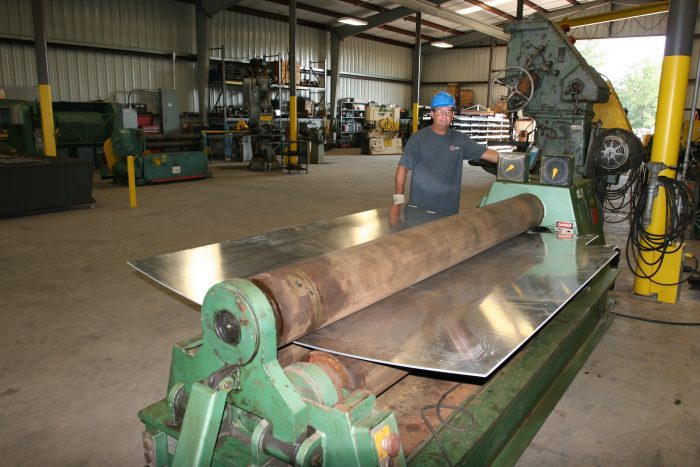ELECTRICAL SAFETY

Cogbill Weekly Safety Topic November 2nd, 2021
Fabrication shops have many electrical hazards present. Electricity used in welding comes in a single phase, 120 volts or 240 volts, and triple phase, 480 volts. Electrical shock can occur at even low currents. Depending on the amount of current flowing through the body, the route it takes, and the duration of exposure, effects can range from minor to deadly.

Standard utilization voltages produce currents passing through a human body in the milliampere (mA) range (1,000 mA=1 Amp). For reference, 240 volt welders typically operate at a minimum of 30 amps.
With large amounts of electricity being present within the fabrication shop, proper safety controls and procedures should be put in place so hazardous situations can be avoided. These controls should come from sections of engineering, administrative, and work practices. The following are general guidelines for these three controls:
Engineering Controls
- All electrical distribution panels, breakers, disconnects, switches and junction boxes must be completely enclosed.
- Water-tight enclosures must be used if any of these components could be exposed to moisture.
- Structural barriers must be used to prevent accidental damage to electrical components.
- Conduits must be supported for their entire length, and non-electrical attachments to conduits are prohibited.
- Non-rigid electrical cords must have strain relief wherever necessary.
Administrative Controls
- Only trained, qualified employees may repair or service electrical equipment.
- Contractors must be licensed to perform electrical work.
- Physical barriers must be used to prevent unauthorized persons from entering areas where new installation or repair of electrical components or equipment is being performed.
- Only qualified/authorized employees may enter electrical distribution rooms.
- All electrical control devices must be labeled properly.
Work Practice Controls
- Employees must wear electrically rated safety shoes or boots.
- Only tools that are properly insulated must be used.
- Conductive items of jewelry or clothing shall not be worn unless they are rendered non-conductive by covering, wrapping or other insulating means.
- Treat all exposed parts/wires as if they are energized.
- While any employee is exposed to contact with parts of fixed electric equipment, all said equipment must be locked and tagged out of service prior to start of work.
- No employee shall work at or near exposed live parts or near enough to them for the employees to be exposed to any hazard they may present.
It is the responsibility of every employer to provide workers with proper safety training and to regularly keep them up to date on the latest protocols. Employers should also make sure that the condition of their workplace is up to par to help prevent accidents. Adhering to all necessary safety regulations and standards, providing protective equipment, making sure all machines are properly maintained, and making sure workers adhere to safe practices, along with providing them with the proper safety training that will help better ensure the workplace is a safe one.




